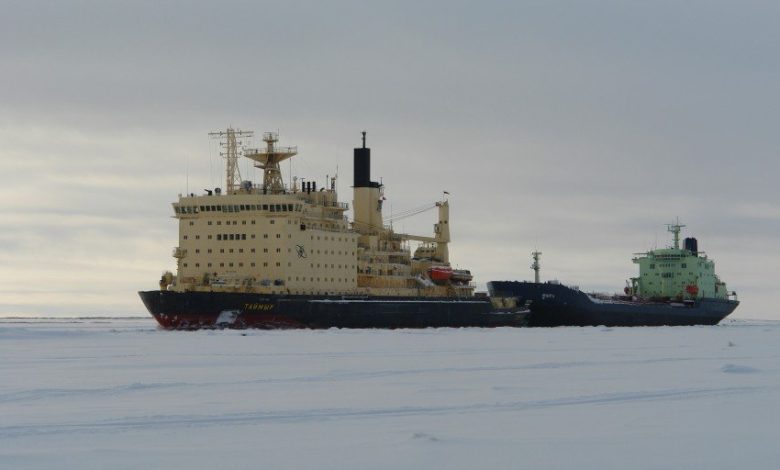Northern shipping routes: opportunity and risk

Dimitris Nikoleris from Synectics on the potential Arctic shipping revolution.
Figures from the International Maritime Organization (IMO) suggest that traffic using the Northern Sea Route (NSR) – a section of the North Eastern Passage (NEP) – has increased 10-fold in recent history, and a 30-fold increase for shipping in the Arctic is predicted by 2020. The Arctic Institute highlights that by this time, 15% of China’s trade value could pass through the Arctic.
Indeed, a record number of ships have obtained permits for the NEP – 652 permits have already been issued by Russian authorities in 2015.
While significant vessel traffic, relative to the scale of the global shipping industry, may still be many years away and dependent on further Arctic ice-thaw, there is no doubt that these freezing routes are one of the industry’s hottest topics.
The opportunity has significant financial appeal. Estimates suggest that vessels capable of using the NSR to navigate between East Asia and Western Europe could shave between ten and fifteen days off their traditional journey; the Northwest Passage (which runs along the northern coast of America and through the Canadian Arctic Archipelago) could potentially half the journey time between East Asia and Western Europe.
Fewer kilometres to travel means less time at sea, less fuel and the potential for a greater number of voyages each year. Reduced journey distance could also equate to lower emissions, alleviating some of the costs traditionally associated with this (though close attention will inevitably need to be paid to broader potential environmental impact). These factors will all have significant implications in terms of operational bottom lines.
It is perhaps unsurprising that a study by DNV-GL into the profitability of these alternative routes has suggested that by 2050, one in ten container shipments between Asia and Europe will transported through the Arctic.
The US Geological Survey (USGS) has estimated that nearly one-quarter of the earth’s undiscovered (but recoverable) petroleum resources can be found in the Arctic.
While container shipping is likely to be the most significant beneficiary of more accessible northern routes, oil and gas tankers could become regular users in line with predicted future exploration.
Though falling oil and gas prices may push this back in terms of timescales, the outcome is – by many accounts – inevitable. Eni is the latest oil giant to push ahead with Arctic operations, such is the opportunity. Eni is currently awaiting Norwegian approval in what is termed as the “manageable Arctic”.
Reward is often accompanied by risk and shipping via northern routes is no exception. Remote locations (with little accessibility for rescue/relief crews), extreme low temperatures, dangerous weather conditions and poor connectivity in terms of communications make the region highly challenging operationally.
Mitigating risks to crew, vessels and cargo within the shipping industry is already an international priority. Opening up Arctic routes has thrust this subject further into the spotlight and undoubtedly contributed to the IMO adopting the safety provisions of the Polar Code and SOLAS amendments in 2014.
Vessels wanting to capitalise on the ‘ice-class revolution’ need to be suitably equipped to cope with the dangers involved. Safety has to come first.
Many associate surveillance technology purely with security, but when it comes to shipping surveillance, security is actually only part of the equation.
Increasingly, surveillance technologies are also being specified based on the ‘safety’ benefits they offer. This is exactly why shipping operators looking to increase operations in ice-class conditions – including those looking towards an ‘Arctic route future’ are sitting up and taking notice of what the right surveillance solution entails.
For example, innovations such as multi-modal cameras (that can operate in rapidly changing light conditions and also switch to thermal imaging) can aid navigation through ice hazards. While surveillance command and control software – integrated correctly with ship systems – can significantly improve the detection of, and response to, safety threats such as technology malfunctions or ‘man down’ scenarios.
The subject of surveillance as a safety, navigational and security support resource for shipping operators, in the context of ice-class vessels, is the topic of a new white paper from Synectics and can be downloaded for free here.
